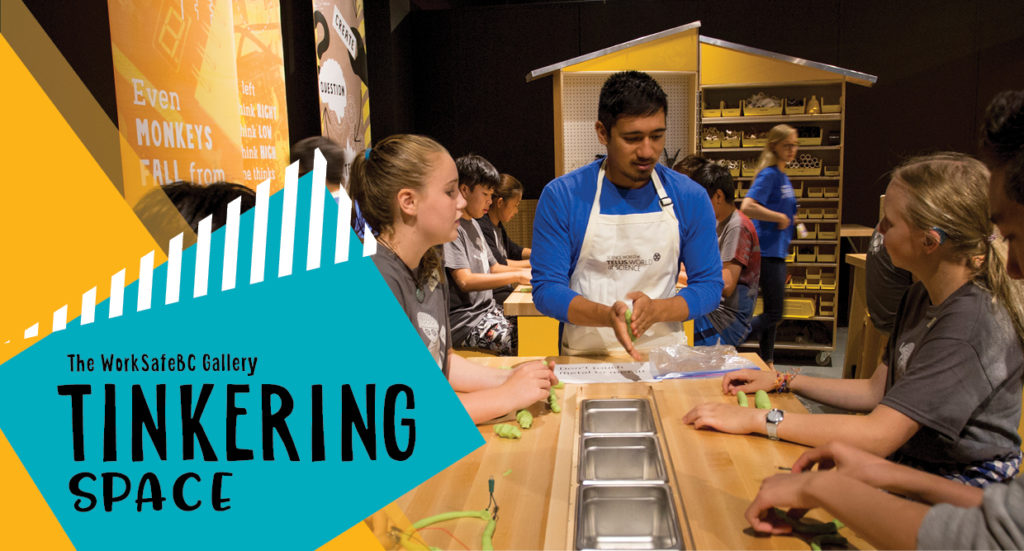In this activity, students learn about elasticity by measuring how high objects of different material can bounce.
Elasticity is the tendency of something to return to its original shape if it gets deformed.
If something is very elastic, it will return to its original shape quickly and with great force. If something is not very elastic, it will return to its original shape slowly, and with not as much force.
The tendency to return to its original shape makes it possible for an object to bounce. When a highly elastic object hits the ground, it changes shape and instead of staying changed, it pushes against the ground, to revert to its original shape. This gives the elastic object its bouncy zing, and its strength will vary with the material of the object.

